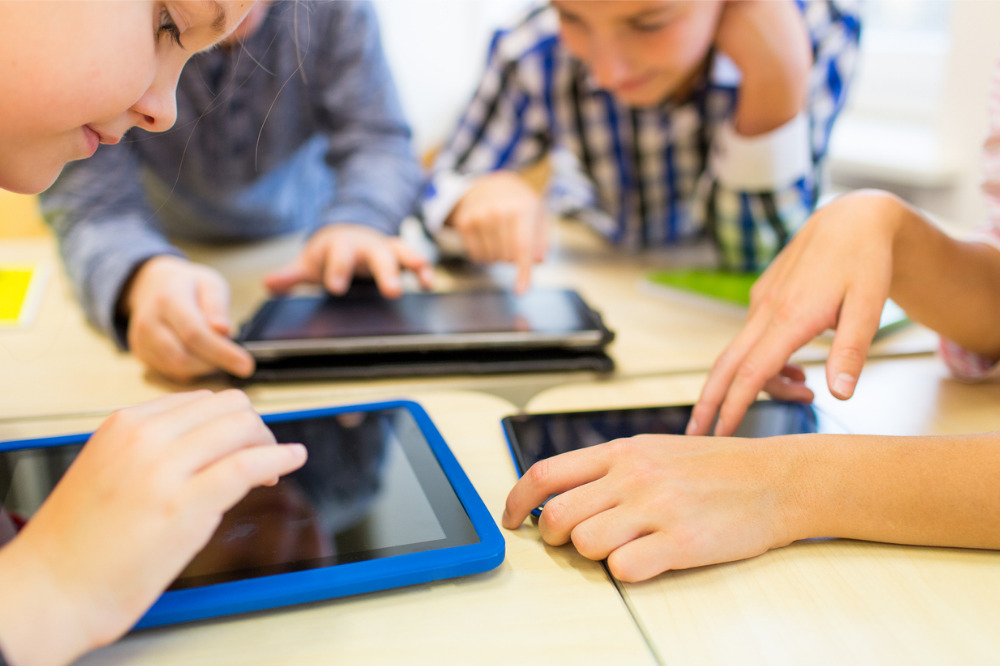
According to a 2021 study, Australians will spend almost 17 years – or 33% of their waking life – on their smartphone – and screentime use has only increased during the COVID-19 pandemic when the lockdowns forced the majority of us to communicate by computers instead of in person.
As might be expected, children’s screen time in Australia increased sharply as a result of the pandemic. Unavoidably, educational screentime has also skyrocketed. One study found that educational screentime use spiked from 10 minutes per day pre-2020 to 170 minutes a day during the pandemic.
However, it is estimated that leisure screen time also increased – by a whopping 50%.
Dr Lauren Gardner is a Research Fellow based at the University of Sydney’s Matilda Centre for Research in Mental Health and Substance Use.
She says that while screens can play a positive role and facilitate social connection, they can also be a mechanism for cyberbullying and contribute to a sedentary lifestyle.
“Research suggests that up to one hour a day on screens can be beneficial, but excessive use can be detrimental, such as increasing risk for depression,” Dr Gardner told The Educator.
“Our study in over 6,600 Australian adolescents found 86% were engaging in excessive recreational screen time, and these rates are continuing to climb.”
Dr Gardner said that when researchers highlight that the current recommendation for young people in Australia is to limit recreational screen use to a maximum of two hours per day, people are often quite surprised at how low this limit seems.
“Our research similarly shows that many young people don’t know this guideline, suggesting more needs to be done to raise awareness,” she said.
“However, awareness isn’t always enough, and there is a need for effective behaviour change interventions.”
Dr Gardner says it’s important to remember that screen use is just one of a several key interrelated health behaviours that can impact a young person’s mental health, and targeting other behaviours, like physical activity and sleep, naturally has flow-on effects.
“Parents play an important role in terms of modelling healthy habits, like putting their phones away and getting some exercise, as well as rule setting, such as no device use an hour before bed to ensure good sleep hygiene,” she said.
“Educators can utilise evidence-based behaviour change interventions, like Health4Life and OurFutures, to empower students to improve their physical and mental health.”
Dr Dot Dumuid, senior research fellow of Allied Health & Human Performance at UniSA, says parents and educators can help young people strike a healthy balance in their screentime use by using digital devices to promote a healthy lifestyle.
“Screens aren’t all bad. Some of the unhealthy consequences of sedentary behaviour could be overcome if screens are used to promote physical activity. This could be through platforms such as online PE classes, exercise mobile apps, or active video games,” Dr Demuid told The Educator.
“Avoiding screens in the hour before bedtime can prevent some of the sleep disturbances that be caused by screen time.”
Dr Demuid said that while there are mental health risks associated with excessive screen use, screens have enabled socialisation and connection, and access to online mental health, support services, counselling and therapy sessions.
“Health bodies suggest that families should develop their own screen use plans, rather than trying to adhere to arbitrary screen time limits recommended by current health guidelines or experiencing guilt over excess screen time during the COVID-19 pandemic.”


